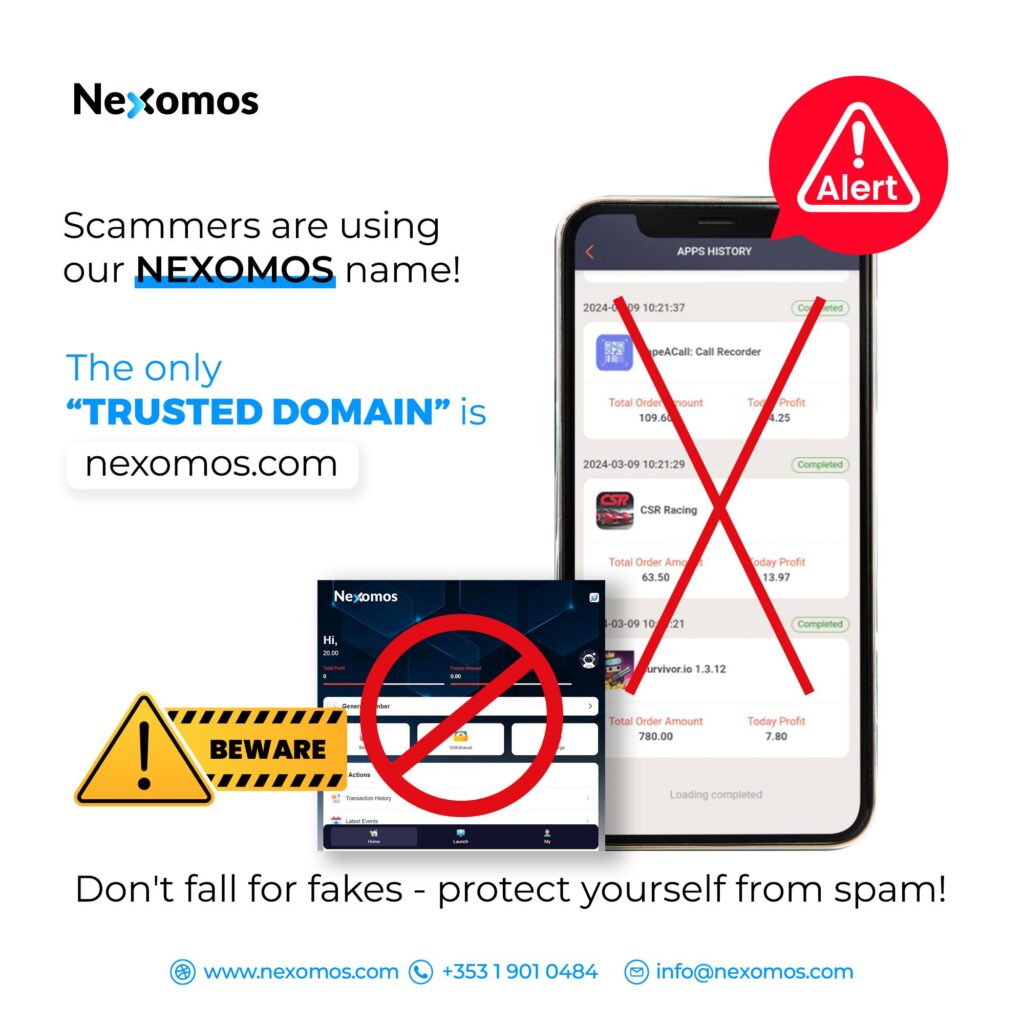Crafting Compelling Narratives for Brand Success
People’s attention spans are short in digital marketing, and there is a lot of competition. Storytelling has become a powerful way for brands to connect with people and keep them interested. To make branding work, you need to be able to make people feel things and connect with them on a deeper level. This is where the art of storytelling really shines, going beyond the features of a product to create stories that engage, inspire, and have an effect that lasts.
Understanding the Power of Storytelling
Storytelling is an old practice that has been passed down from generation to generation and across geographical boundaries. Narratives, from ancient myths to current blockbusters, have a big impact on how we see the world and connect with other people. When it comes to branding, stories are a way to make a brand’s beliefs, vision, and personality easy to understand and remember.
Building Brand Identity Through Narrative
A compelling brand narrative is more than just a list of goods or services; it captures what a brand stands for and why it’s important. By telling a consistent story that speaks to its intended audience, a brand can stand out in a crowded market and encourage customers to be loyal and promote it.
Establishing Emotional Connections
At the heart of human decision-making are emotions, which affect how we see things, what we like, and how we act. By using the power of emotional storytelling, brands can connect with their customers in a real way, which builds trust, empathy, and love. Emotional storytelling, like heartfelt testimonials, inspiring stories, or personal experiences that people can relate to, can leave a lasting impression and get people to participate in a meaningful way.
Leveraging Storytelling Across Platforms
There are many digital channels available today that allow brands to share their stories and connect with audiences. Storytelling can be changed and adapted to fit the specifics of each platform, from social media to blogs to videos to podcasts. This makes sure that the story has the most effect and reach possible. By using multimedia storytelling, brands can make experiences that are immersive and appeal to a wide range of audiences. This can raise knowledge of the brand and get people involved with it.
Case Studies: Storytelling Done Right
There are many brands that have used stories to improve their brand recognition and connect with customers on a deeper level. These brands have mastered the art of storytelling to make lasting emotional connections with customers. For example, Nike’s “Just Do It” campaign encourages athletes all over the world to push themselves to their limits. Coca-Cola’s classic stories of friendship and joy evoke warm feelings and nostalgia.
Crafting Your Brand Story: Key Considerations
When writing your brand story, you need to keep a few important things in mind to make sure it works and connects with your audience:
- Authenticity: When sharing a story, authenticity is very important. The story behind your brand should be real, honest, and based on your core beliefs and values.
- Relevance: Your business story should speak to the needs, hopes, and pain points of the people you want to reach.
- Be consistent: Being consistent is important for building trust and recognition in your business. Make sure that your brand story flows from one touchpoint to the next and fits with your general brand identity.
- Feelings: Use feelings to make your stories more powerful. Whether it’s happiness, inspiration, or understanding, make your audience feel something that will stick with them and make an impact.
Conclusion
In conclusion, storytelling is an important part of branding because it helps brands connect emotionally with their audience, stand out from the competition, and build trust and advocacy. Brands can improve their visibility, get people to interact with them, and leave a lasting impression on their audience by telling stories that are interesting and connect with them on a deeper level.



